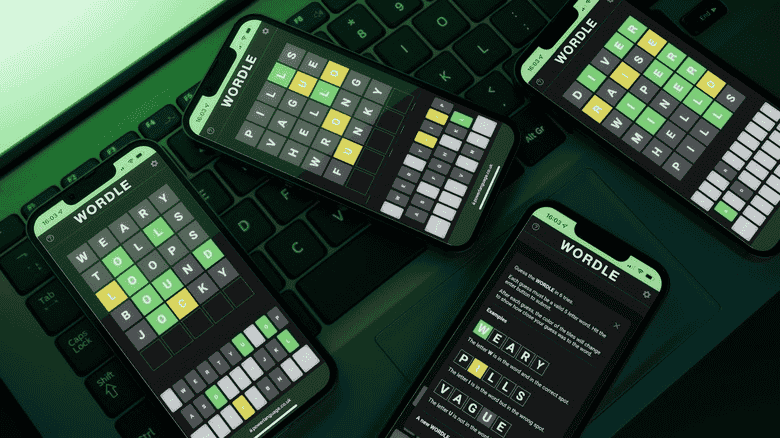The Crypto Fear and Greed Index calculates extreme fear and extreme greed, categorizing Bitcoin from the range of 0 to 10. Many crypto users use this index aids them in discovering the best time to enter and exit the market while minimizing losses and locking in considerable profits.
This article, the guide to Crypto Fear and Greed Index will be explained briefly. If one wants to get better at Bitcoin trading, one needs to learn the basis of this strategy.
What’s Crypto Fear and Greed Index?
It’s a scaling system that analyzes social signals and market trends to gauge the overall sentiment of crypto trading. The trends are primarily of large cryptocurrencies like Bitcoin and various others. The information is collected from numerous sources and then summarized into a single figure.
The single-figure index is then decided into four categories;
- 0 to 24 (denotes extreme fear – orange)
- 25 to 49 (represents fear – amber or yellow)
- 50 to 74 (depicts greed – light green)
- 75 to 100 (exemplifies extreme greed – green)
How to Operate the Crypto Fear and Greed Index?

Crypto Market gets volatile at times due to the varying sentiments of the investors. Crypto users can face FOMO (fear of missing out), and get greedy while the market is rising. Likewise, they also become fearful when the market is slowing down. In turn, they sell their coins to maintain their dividends.
Many trades use the Crypto Fear and Greed Index as it serves as a tool that analyzes global market trends and summarizes them in simple figures. Many traders have used these tools to outnumber their transactions and outperform the market.
The creators and best analysts of cryptocurrency advise traders to use the index while keeping two simple rules in their mind;
- If the index indicates extreme fear, it denotes the buying openings as the investors are worried about their currencies.
- If the index displays extreme greed, it means the market is due for a correction as the investors are getting greedy.
Also Read: Voyager Crypto
How to Calculate Crypto Fear and Greed Index?
Sources
The index can be calculated by employing the Alternate.me. Alternate.me uses various sources including;
- Volatility
- Market momentum or market volume
- Social Media
- Crypto dominance
- Bitcoin trends (other currencies trends like Ethereum may be used in the future as well)
Surveys were also used in the past to measure the Crypto Greed and Fear Index. However, they are not operated presently.
Five Key Signals
Here are the five key signals that can be used to understand the Bitcoin index better.
- Volatility; a rise in volatility indicates that there’s a fearful market.
- Market momentum or market volume; the prevailing market momentum is correlated to the current market volume. When buying volume increases as compared to the momentum of the market, it exhibits that market is getting greedy.
- Social media; a Twitter analysis tool is used to learn the sentiment of the market. Twitter analysis tool focuses on the interaction rate of the traders. High interaction rates help in identifying the rate of greediness in the market.
- Dominance; rise in dominance refers to the transformation of a fearful market (anxious investors) to safer assets. Whereas, a decline in Bitcoin dominance demonstrates that the market is getting greedy. At that time, it moves towards more speculative altcoin.
- Trends; Data from Google Trends is calculated to discover how many people are searching for Bitcoin. When there’s a leap in particular search terms such as “bitcoin price manipulation,” it’s considered a fearful signal. In contrast, the “Bitcoin price prediction” is contemplated as bullish.
Read: Can we invest in a cryptocurrency exchange development company
Insights of Crypto Fear and Greed Index
Alternative.me Crypto Fear and Grade Index from June 2019 to July 2020
From June 2019 to July 2020, the historical chart provides information about the fluctuations in the Bitcoin crypto greed and fear index. The chart is provided by BTC Tools to analyze the oscillations in the market deeply.
From the chart, one can analyze that the variation in greed and fear isn’t rapid. The index generally remains in the greed sphere and rarely plunges to extreme fear for over a month. Apart from that, Bitcoin sentiment has correlated to numerous events in crypto over the past two years.
In March 2020, Bitcoin hit its lowest point due to the spread of the coronavirus pandemic. At that time both financial and crypto markets sold off encompassing Ethereum, Litecoin Ripple, and Terra.
In February 2021, it hit its highest point ensuing the run from AU$10,000 to AU$50,000. This period had also massive relief of “Defi Summer.” After the China mining ban broke, the chart stumbled again after maintaining the rates constant for some period.
The chart reveals two important aspects of the crypto greed and fear index rates;
- If news breaks or prices slide, the index changes its rift promptly.
- The extreme greed and greed levels remain invariant for a long period as much as a month or more.
Can the indicator be used for short-term or long-term?
The indicator doesn’t work simultaneously for long periods as portrayed by the chart. It’s best to check it daily as it reacts to news events and abrupt changes in the crypto market.
Various traders use it as a short-term indicator rather than a long-term indicator. Moreover, checking it doesn’t take much time. Hence, checking it tune after time is the most popular method among crypto traders.
How can I obtain Crypto Fear and Greed Index?
Leading crypto traders check the indicators daily to always keep an eye on the market. Whenever the greed level or extreme fear rises, they look overall at the leading signals. They check financial metrics, supply and demand, on-chain indicators, and market capitalization.
- Follow the creators of the index, Alternative. The alternative provides the Crypto Fear and Greed Index rates of today, yesterday, last week, and the previous month.
- One can also follow the Bitcoin Greed Fear and Greed Index Twitter accounts and observe the updates in Bitcoin prices on the feed.
Contact us at Gmail









 Gamesbing | Designed and Developed by
Gamesbing | Designed and Developed by